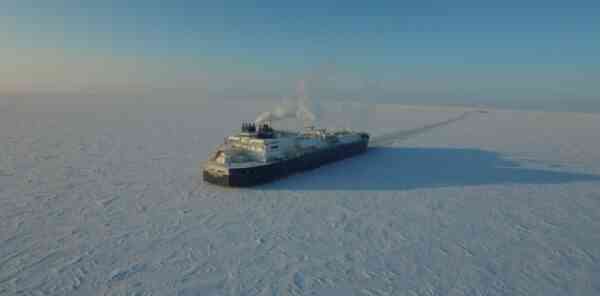Not all seas are warm and welcoming. The Kara Sea does not fit into such a definition at all – bordering the Arctic Ocean, it is distinguished by cold waters, which, however, are still full of life. Navigation here is seriously complicated due to glaciation, especially in winter.
Interesting facts about the Kara Sea
- Its area is twice the area of Uzbekistan.
- The Kara Sea is quite shallow water, the average depth here ranges from 50 to 100 meters, although there are depressions up to more than 600 meters deep.
- It got its name due to the river that flows into it called Kara (interesting facts about rivers).
- The large island of Vize, located in the Kara Sea, was discovered only in 1930, although its existence was predicted 6 years earlier.
- In some documents of the early 17th century, this sea is called Narzemsky.
- This is one of the coldest seas in the world. Even in summer, the water temperature in the Kara Sea is usually below 0 degrees. It rises higher only in the warmest months, and only near the mouths of the rivers.
- Destructive storms rage especially often here. Even more often than in most tropical seas (interesting facts about seas).
- Most of the Kara Sea is ice-bound almost all year round.
- The ecological situation here leaves much to be desired, since the waters of the large rivers Ob and Yenisei, which flow here, are seriously polluted.
- In some places, ice hummocks in the Kara Sea never melt and are up to 4 meters thick.
- During the Cold War, the Soviet authorities secretly dumped spent nuclear waste here, in particular, nuclear reactors of submarines.
- 54 different species of fish live in the Kara Sea.
- Despite all the difficulties associated with Arctic shipping, it is here that the most important Northern Sea Route lies, which is the shortest sea artery connecting the European and Far Eastern parts of Russia.
- Numerous sea currents of the Kara Sea are still practically not studied.
- Large deposits of natural gas and oil have been explored on the seabed, but they are not developed yet.
